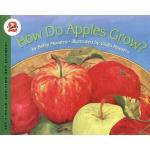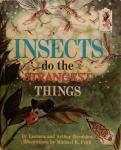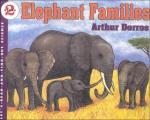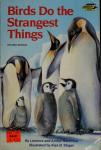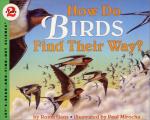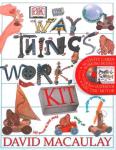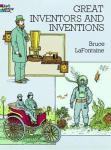Alicia Van Hecke
How do Apples Grow?
The development of apples is presented, from leaf and flower buds in the winter, thru blossoms in the spring, pollination and the actual growth of the apple. In addition to beautiful scenic pictures of trees in blossom and bees pollinating the trees, there are more technical drawings which illustrate the parts of a flower, show flowers in the different stages of development and show the connections between the original blossom and the ripe apple. The text also introduces some important terminology that will be useful in later science studies (pollen, stamen, pistil, etc.).
The Insect World of J. Henri Fabre
Jean-Henri Fabre (1823-1915) was a French naturalist who penned many writings about his beloved insects. These essay/stories describe, in great detail, his encounters with some interesting insects – how he worked with them and what he discovered about them. For instance The material is informative and even humorous at times, but rather dense (definitely not dry!). Here is a sample, from "The Pine Processionary"...
Birds do the Strangest Things
Twenty-two stories of the natural but strange and fascinating behavior of various birds. The text covers ostriches, hummingbirds, kiwis, loons, peacocks, emperor penguins, woodpeckers and much more. The text is somewhat lengthy (approx. 12-20 lines per page), but in fairly large print and at a fairly easy reading level. My children find this book completely fascinating. Part of the "Step-Up" series which includes "Meet George Washington" et al.
The Way Things Work Kit
This kit provides dozens of special cardboard pieces, wooden dowels string, wheels, etc. for making simple machines (inclined planes, scales, etc.) that can be used for understanding basic concepts of mechanics – how things work. Based upon the bestselling "The Way Things Work" by David Macaulay, the kit continues the theme of Wooly Mammoths as props and characters for use in these experiments.
Great Inventors and Inventions
Nicely drawn images and fairly detailed text overview important inventions and their inventors from Gutenberg's Movable Type (1438) to the Laser (1960). Arranged in chronological order, the descriptions give some historical background and scientific details about each invention. There is a certain amount of typical problems in the text regarding the medieval era to be full of "darkness and superstition" and a rather incomplete and somewhat erroneous account of Galileo's run-in with the Catholic Church.

